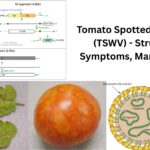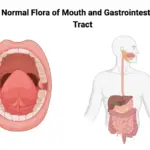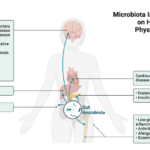What bacterial process do you think contributes to making the colon an anaerobic environment?
What bacterial process do you think contributes to making the colon an anaerobic environment?
Answered
The colon’s transition to an anaerobic environment is largely driven by the metabolic activities of facultative anaerobic bacteria. These bacteria are capable of switching between aerobic and anaerobic respiration depending on the availability of oxygen. When these bacteria enter the colon, they initially use the small amounts of oxygen present for aerobic respiration, rapidly depleting the oxygen levels.
As the oxygen is consumed, the environment becomes increasingly anaerobic. This oxygen depletion process is crucial because the majority of the bacteria in the colon are obligate anaerobes, meaning they can only survive and grow in the absence of oxygen. These obligate anaerobes, such as Bacteroides, Clostridium, and Eubacterium species, play essential roles in the gut microbiome.
In an anaerobic environment, these bacteria engage in various metabolic processes that are vital for the host’s health. For example:
- Fermentation of Undigested Carbohydrates: Anaerobic bacteria ferment complex carbohydrates that are not digested in the small intestine, producing short-chain fatty acids (SCFAs) like butyrate, acetate, and propionate. SCFAs are crucial for colonic health as they provide energy to colonocytes (cells lining the colon) and have anti-inflammatory properties.
- Synthesis of Vitamins: Some anaerobic bacteria in the colon synthesize essential vitamins, such as vitamin K and certain B vitamins, which are then absorbed by the host.
- Immune Modulation: The presence of these anaerobes influences the immune system, promoting the development of a balanced immune response that can prevent infections and inflammation.




